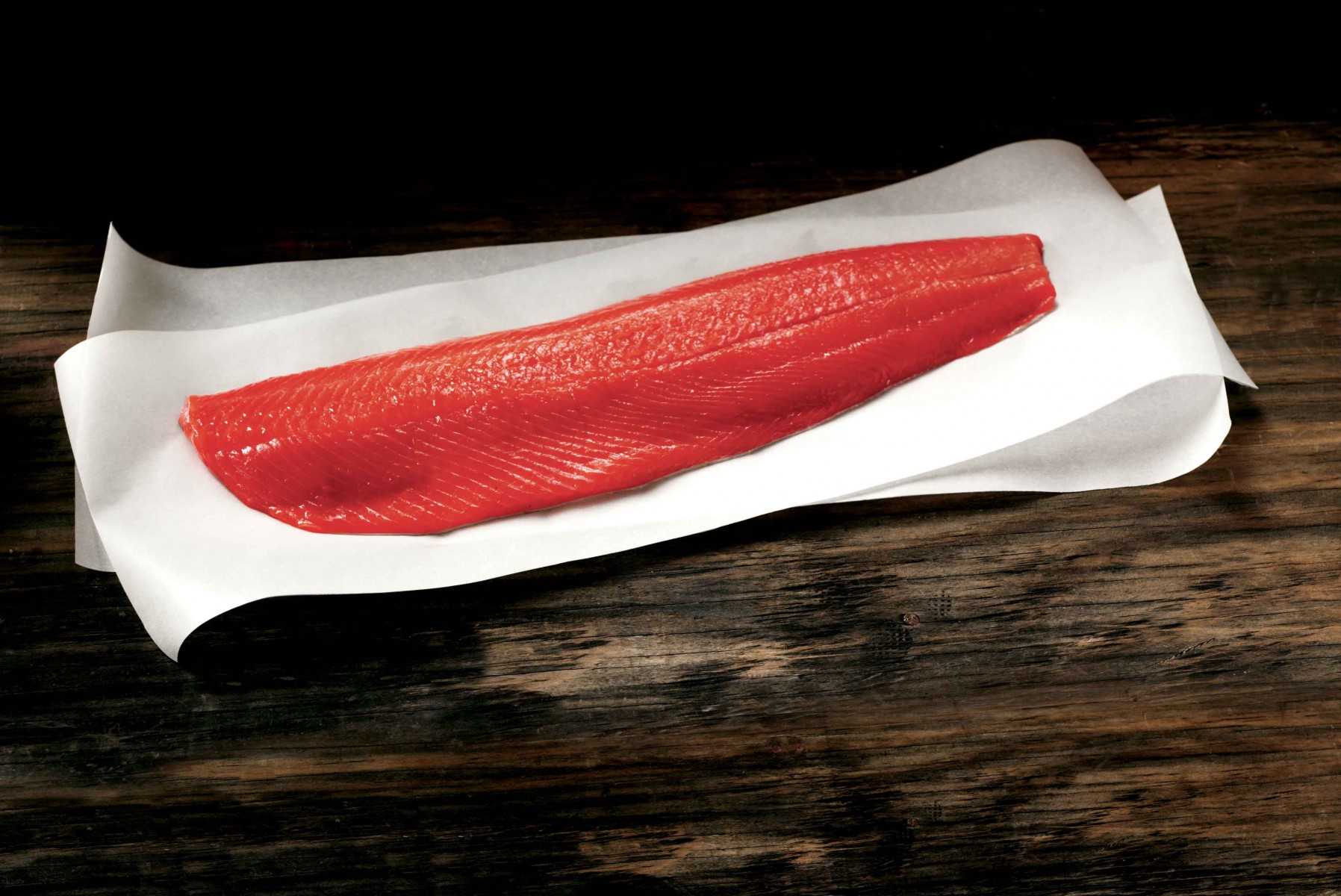Cooking with Wild by Adam Reid
Cooking with wild fish is easy, right?
That’s what I thought. Until it went wrong. Trials and tribulations, it’s a chef’s life.
You see, cooking with wild fish is a lot different to cooking with other types of fish. It’s a whole different ball game.
Firstly, it’s a lot leaner than expected. Take salmon for example. In the UK, we are quite used to cooking with farmed Scottish salmon which has a high fat/oil content. But when it comes to cooking with Alaska salmon, you have to be aware of how lean the flesh is. This basically means that you will need to be a bit faster, but much gentler with it.
Using the red sockeye salmon for example. I would pan fry it with the skin on. In a warm – not hot – pan, place the fillet skin down in a good dash of oil and as it starts to sizzle, slowly increase the heat to medium high. This will only take around 3-4 minutes.
You will see the flesh start to go opaque on the side of the steak and when this reaches half way up, turn the heat to low and flip the steak over for 5-10 seconds before removing. Drop a knob of butter in the pan and let it foam whilst going nutty in flavour and smell. Pour this over the fish.
Allow to rest for 5 minutes before serving. Essentially you are looking for the centre of the flesh to be just cooked, like a beautifully medium cuisson steak.
And voila.
Sounds easy, right? But the key things to remember is timing and heat. One second too long and it’ll be overcooked. I think quite unsurprisingly, this is why some of us chefs have had bad experiences with wild seafood expecting it to have the same cooking requirements as farmed and not quite anticipating the differences in meat textures.
But then again, practice has always made perfect.


